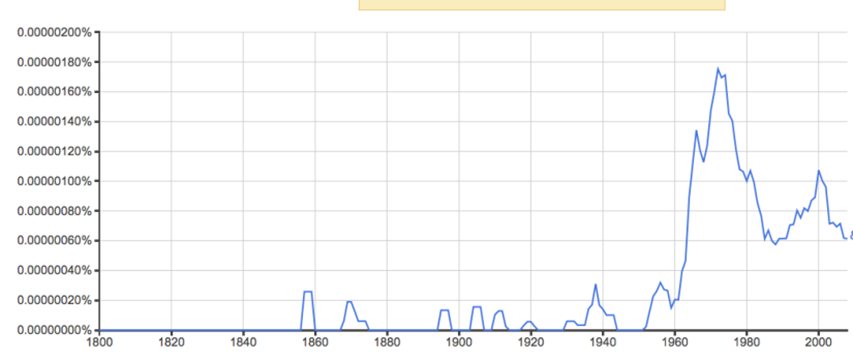
This post originally appeared at PandoDaily.
Code words are politicians’ stock in trade. As Republican strategist Lee Atwater famously admitted, that’s especially true when it comes to racially coded rhetoric about economics. Terms like “welfare queen” are obvious examples and the word “culture” when specifically invoked in discussions of urban poverty can be as well. Sometimes this kind of rhetoric is carefully coded, other times it isn’t.
But what about the term “inner city”? Is that the same kind of dog whistle bigotry that attempts to equate African American heritage with laziness and self-inflicted economic failure?
This is the question raised yesterday by US Rep. Paul Ryan (R-WI) – and Google seems to offer some relevant data in response.
Here’s the Huffington Post on what Ryan said:
“We have got this tailspin of culture, in our inner cities in particular, of men not working and just generations of men not even thinking about working or learning the value and the culture of work,” the Wisconsin Republican said on Bill Bennett’s Morning in America radio show. “There is a real culture problem here that has to be dealt with.”
Rep. Barbara Lee (D-Calif.) called Ryan’s remark “deeply offensive.”
“My colleague Congressman Ryan’s comments about ‘inner city’ poverty are a thinly veiled racial attack and cannot be tolerated,” Lee said in an email to reporters. “Let’s be clear, when Mr. Ryan says ‘inner city,’ when he says ‘culture,’ these are simply code words for what he really means: ‘black.’”
Let’s set aside the fact that Ryan offers no actual proof of his assertion and let’s also set aside the fact that Ryan ignores that deindustrialization (brought on, in part, by Ryan-supported trade policies) has helped hollow out the job base in many cities. Let’s stick instead to the question raised about whether his use of the term “inner city” is racial.
Here is a graph from Ngram showing the use of the term “inner city” in over 5 million books digitized by the company since 1800:
Ngram isn’t a comprehensive tool for evaluating language, but it does provide a rough snapshot of the larger vernacular being used in particular time periods. In this case, it seems the term “inner city” essentially wasn’t used for the first century and a half of American history and then became popular in the mid-1960s. And it didn’t just gradually become popular — it abruptly and suddenly became popular in a very specific time period.
Anything ring a bell about that particular time period? Right, exactly – the term basically only started being used in the lead up to and immediate aftermath of the civil rights movement’s legislative successes. That is to say, the term only became a part of the vernacular at precisely the moment the conservative political backlash to the civil rights movement came into vogue.
Does this prove the term is always being used in a bigoted or negative way? Absolutely not. But the term’s history does seem to at least buttress assertions that it comes with racial connotations. It also buttresses assertions that when it is specifically white conservative politicians that are using the term, they are doing so in a way that invokes those connotations. And as political scientist Tom Schaller suggests, it’s a good bet that’s deliberate when the very same politicians invoking “culture” to explain “inner city” poverty are not using the same explanation for rising rural poverty.



